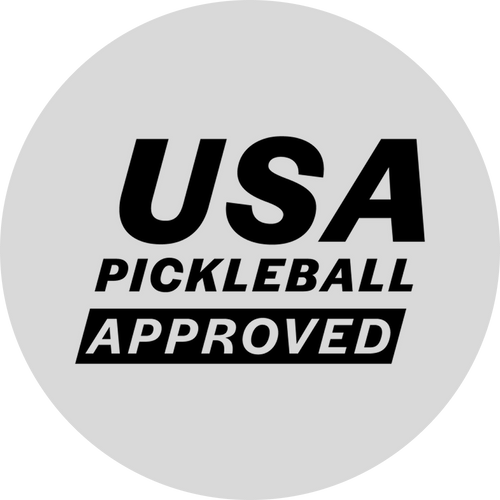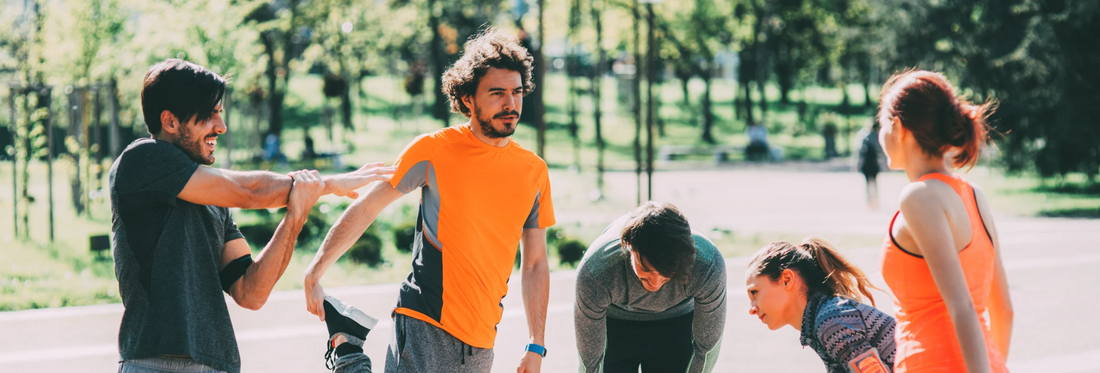
The Pickleball Warm-Up Blueprint: Routines That Reduce Injury and Boost Performance
Share
Pickleball is a game of quick footwork, sharp reflexes, and explosive bursts of energy. Yet many players arrive at the court, tap paddles, and dive headfirst into competitive rallies with muscles as cold as a midwinter baseline.
The truth is, skipping a proper warm-up doesn’t just leave your game flat-footed—it sets the stage for injury, sluggish performance, and a delayed mental edge. A well-designed pre-game routine primes your body, sharpens your senses, and enhances coordination before the first ball ever bounces.
This guide unpacks the ultimate pickleball warm-up blueprint—a series of purpose-built routines that optimize both safety and readiness. Whether you’re playing for fun or prepping for tournament play, your warm-up should be as intentional as your third shot drop.
Why Warm-Ups Matter: Science Behind the Sweat
Warm-ups prepare the body and mind through a gradual increase in heart rate, muscle elasticity, joint lubrication, and neuromuscular readiness. They also ignite the mental focus necessary for high-level play.
Physiological benefits of proper warm-ups include:
- Increased oxygen delivery to working muscles
- Enhanced nerve-to-muscle communication
- Improved reaction time and shot accuracy
- Reduced risk of strains, sprains, and overuse injuries
In the context of injury prevention pickleball, warming up is non-negotiable. It’s your insurance policy against common setbacks like Achilles pulls, shoulder inflammation, and back spasms.
The Three-Phase Pickleball Warm-Up Blueprint
A warm-up isn’t just a few toe touches and shoulder circles. A truly effective routine follows a progression from general movement to sport-specific activation.
Phase 1: Dynamic Movement (5 Minutes)
The goal here is to elevate your core temperature and activate major muscle groups.
Recommended Drills:
- High Knees (in place or moving): Wakes up hip flexors and knees
- Arm Swings & Shoulder Rolls: Mobilizes upper body joints
- Torso Twists: Lubricates the spine and activates obliques
- Lateral Shuffles: Introduces side-to-side motion
- Jumping Jacks: Engages full-body coordination
Avoid static stretching in this phase. Dynamic movements prepare the muscles to contract explosively and respond to rapid directional changes.
Phase 2: Joint Mobilization and Muscle Activation (3–5 Minutes)
This segment targets vulnerable areas with precise, low-load movements.
Key Targets:
- Ankles: Use controlled ankle rolls or heel-to-toe walks
- Knees: Perform walking lunges or knee hugs with balance
- Hips: Add leg swings front-to-back and side-to-side
- Wrists: Gentle wrist circles in both directions
- Shoulders: Band-resisted external rotations or wall push-ups
If you’ve had previous injuries, this is the time for any rehab-informed exercises specific to your body.
Phase 3: Court-Specific Simulation (5–10 Minutes)
Now that your body is primed, shift into gameplay mimics that prepare your motor pathways.
Sport-Specific Pickleball Warm-Up Drills:
- Mini Dink Rallies at the kitchen line to groove touch and timing
- Third Shot Drop Practice to reinforce footwork and paddle angle
- Fast-Hand Volley Exchanges to awaken reflexes at the net
- Short-Court Serves and Returns to establish rhythm
- Side-to-Side Baseline Movement with Paddle Shadowing for reactive footwork training
Focus on fluidity and control, not intensity. This is the rehearsal before the performance, not the performance itself.
Pre-Game Mental Warm-Up: Don’t Forget the Headspace
A sharp body needs a clear mind. Add a brief mental check-in before game time to get centered.
Suggestions:
- Take three slow, deep breaths while visualizing your first serve
- Set an intention for your match (e.g., consistency, communication, resilience)
- Practice one mental cue like “soft hands” or “quiet feet” to guide your focus
Mental preparation reduces anxiety, tightens decision-making, and makes sure you start playing your best from point one.
Warm-Up Modifications for Different Players
For Older Players:
- Increase the duration of Phases 1 and 2
- Prioritize joint mobility and dynamic balance work
- Use lighter loads and slower tempos
For Tournament Players:
- Repeat your warm-up before each match, especially after downtime
- Keep a resistance band or massage ball in your gear bag for quick reactivation
For Beginners:
- Keep it simple but consistent. Even a 5-minute version of the full warm-up will improve safety and skill development.
Consistency is key. A good warm-up becomes a personal ritual—one that primes both your performance and your enjoyment of the game.
Final Thoughts: Move First, Win Later
A match doesn’t start with the first serve. It starts the moment you step onto the court with intention and awareness. A well-structured warm-up routine isn’t extra effort—it’s essential preparation.
If you’re serious about improving your game, preventing injuries, and staying on the court longer, the path begins before the paddle ever swings. Follow the blueprint, honor your body’s needs, and show up ready—not just willing—to play at your best.
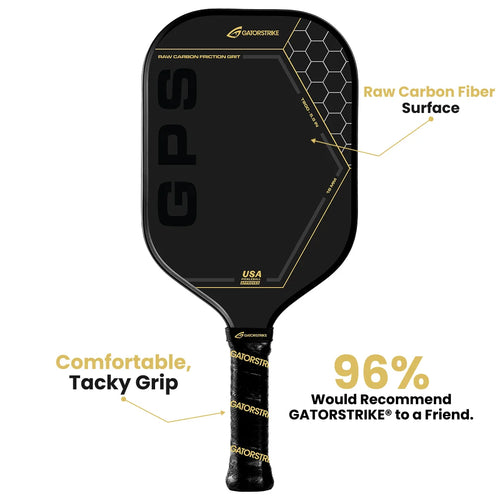
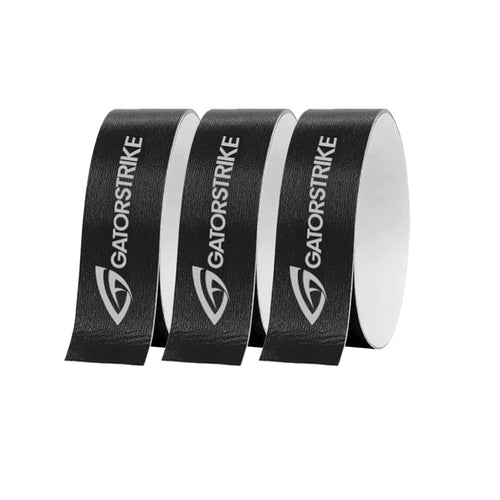
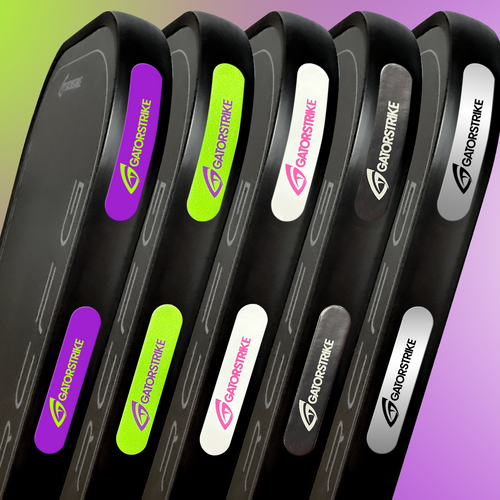
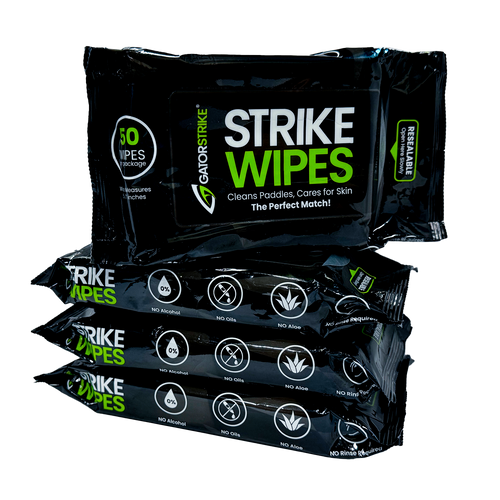
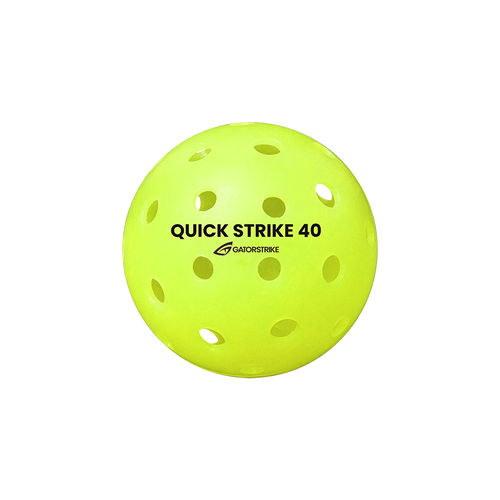
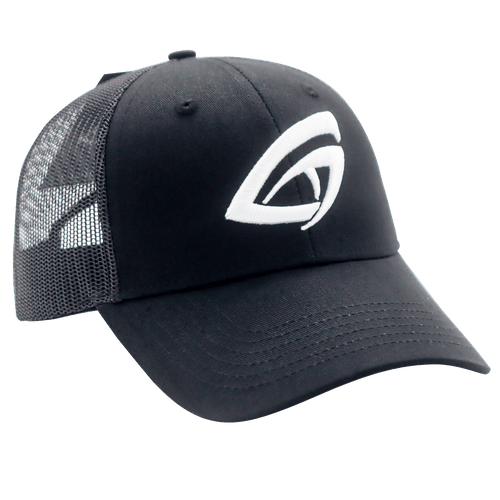
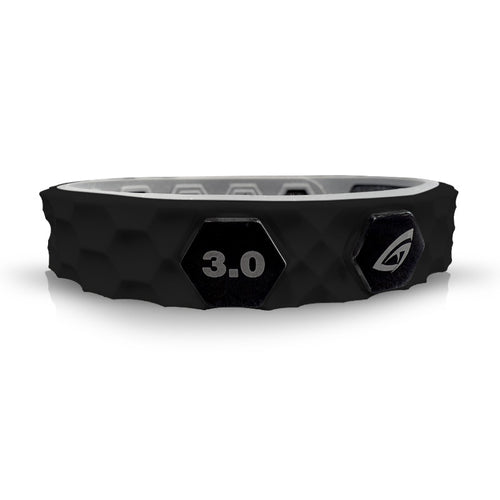
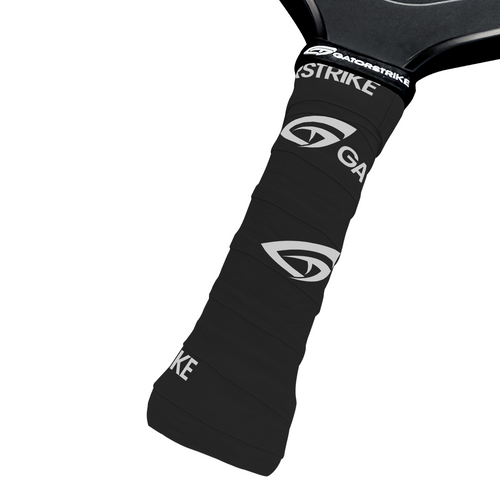
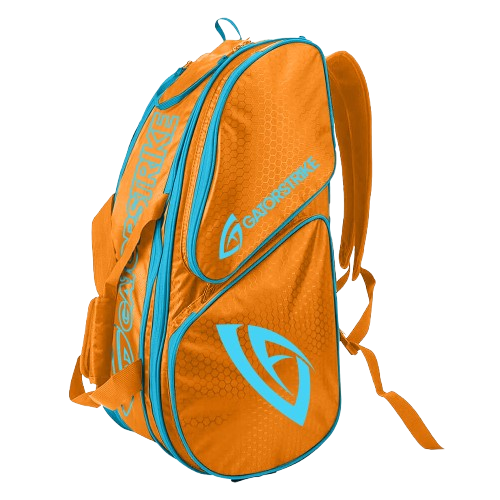
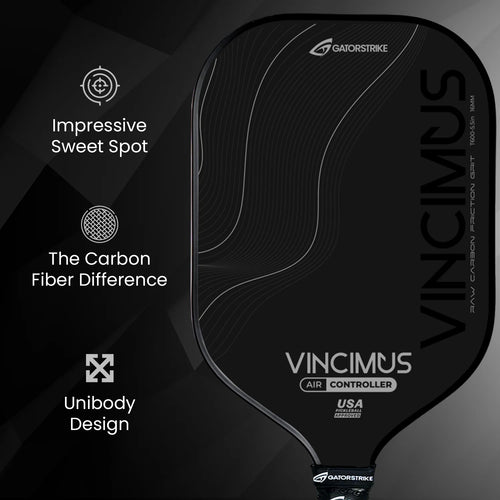


 FREE SHIPPING ON ORDERS $25 OR MORE!
FREE SHIPPING ON ORDERS $25 OR MORE!


